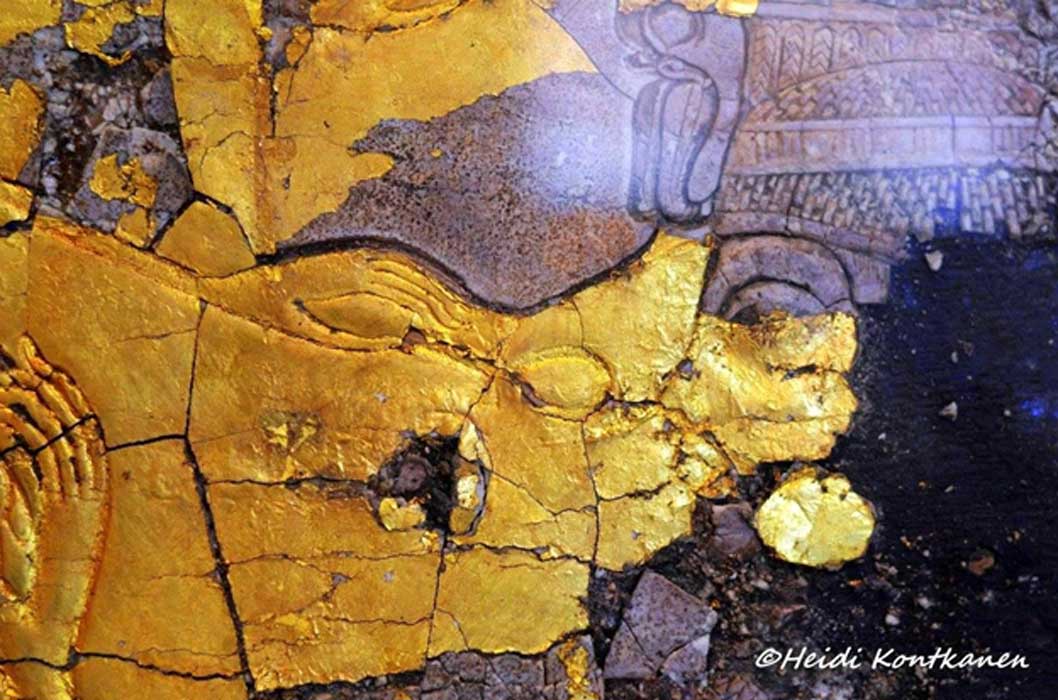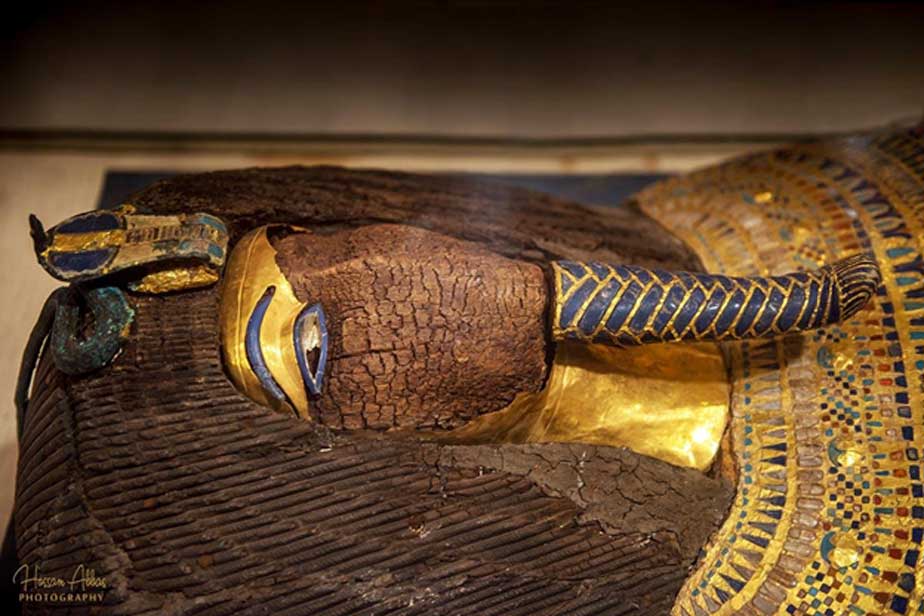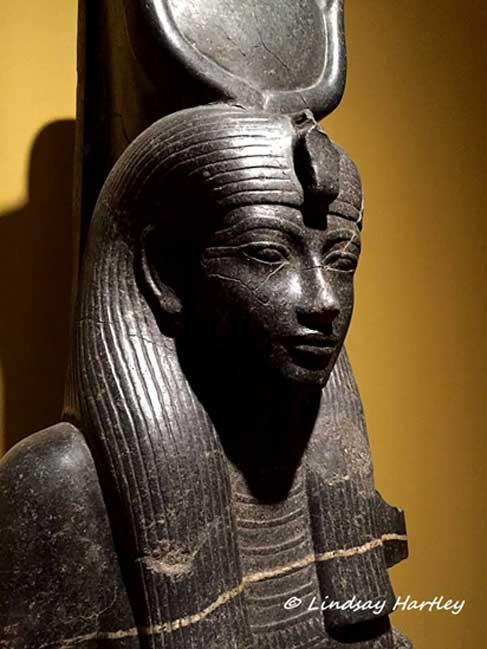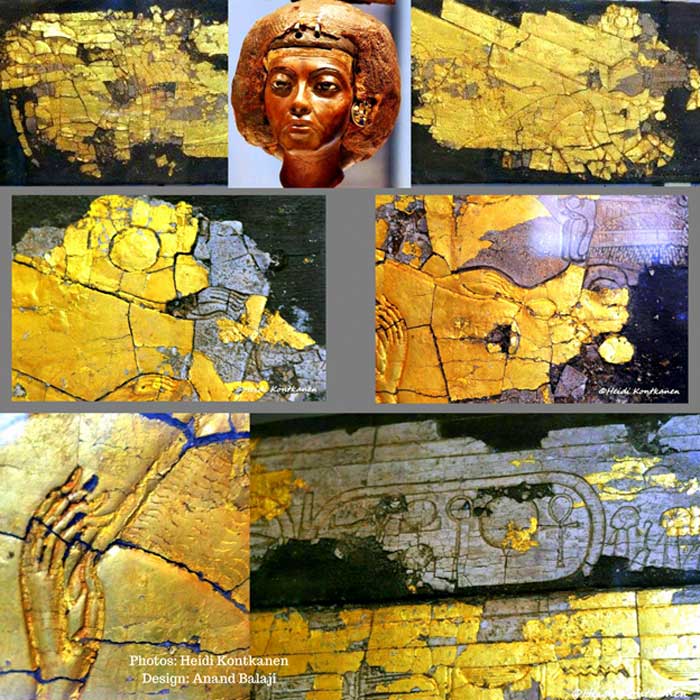
The Golden Shrine of Queen Tiye: Reburial of a Rebel Ruler and His Mother - Part II
When he came to the throne, Pharaoh Tutankhamun set about transporting the royal remains of his immediate ancestors from Amarna to Thebes. The inhabitants of the Sun City had also begun to slowly make their way back to familiar ground on the new ruler’s orders. With no one left to guard remote Amarna in Middle Egypt, the tombs of the boy king’s family were vulnerable to looting. But how did the old priesthood that had suffered greatly at the hands of his predecessor, Akhenaten, allow the reviled family to be re-buried in the sacred necropolis at Thebes? Was it because they revered Queen Tiye; or was it due to the fact that first Ankhkheperure Neferneferuaten and then young Tutankhamun himself had worked towards reinstating the state god Amun? Tomb 55 can help us piece events of this turbulent period.

Through the decades - from its discovery in 1907 - in the battered confines of Tomb 55, speculation and debate have raged over the identity of the mummy found in this stunningly beautiful, yet cruelly defaced, rishi-style coffin. The candidates proposed initially comprised the who’s who of Amarna royalty: Queen Tiye, Kiya, Akhenaten, Meritaten and Smenkhkare. Recent tests have suggested the Heretic was the last owner of the coffin; but not everyone is convinced. Egyptian Museum, Cairo.
Uneasy Co-Existence Between the Aten and Amun
It is certain that young Tutankhamun could not have decreed the return of his deceased family members to the ancient capital, Thebes. The priests Aye and Horemheb would surely have had a say in matters, for they appear to have nursed ambitions to occupy high office, and were virtually the de facto rulers—at least during the early years of Tutankhamun’s reign. Moreover, as the real power centers behind the throne, the duo would have understood well that the only way in which to undo the untold damage that Akhenaten’s reign had wreaked on the country, was to get into the good books of the powerful Amun priesthood once again. And so, whilst not completely ignoring the Aten as a god, a new alliance-of-sorts was forged with the Amun cult that automatically meant relegating the solar deity to minor status as before.

Granodiorite sculpture of Queen Tiye as the goddess Isis or Hathor. It is supposed to have been a part of a group of statues produced for the Sed festival of Amenhotep III. Donati collection. Museo Egizio, Turin
“With Akhenaten gone, and his own advancement under Tutankhamun to the purely honorary rank of "eldest king's-son," he must have seen no reason to continue the charade. Much of the course charted during the new reign was undoubtedly of his design. The essence of the changes of the third year was toleration, rather than censure and condemnation. No temple of the Sun-disc was closed, their reliefs hacked out, or their priesthoods disbanded and slaughtered. There was no sudden damnatio memoriae of Akhenaten, Nefertiti, and those associated with them.
- More Evidence Supports Claim Hidden Chamber in Tutankhamun Tomb Contains Another Burial
- The Hunt for Ankhesenamun: How Did a Young Woman Stop an Ancient Dynasty from Imploding? Part I
- 3,300-year-old Egyptian woman with hair extensions discovered in Armana
Indeed, for ten years the cult of the Disc continued to exist, if not thrive, in the centers where it had first begun: Thebes, Memphis, Heliopolis. But there was now a major and significant difference: The Sun-disc was no longer sole god. Individuals were once again free to use the names of the older gods with impunity, and the king and queen themselves led the way with a politic nod in the direction of the reinstated power: "Tutankhaten" the king's birth-name, became "Tutankhamun" while "Ankhesen-pa-aten" turned into "Ankhesenamun.” explains James Karl Hoffmeier.





